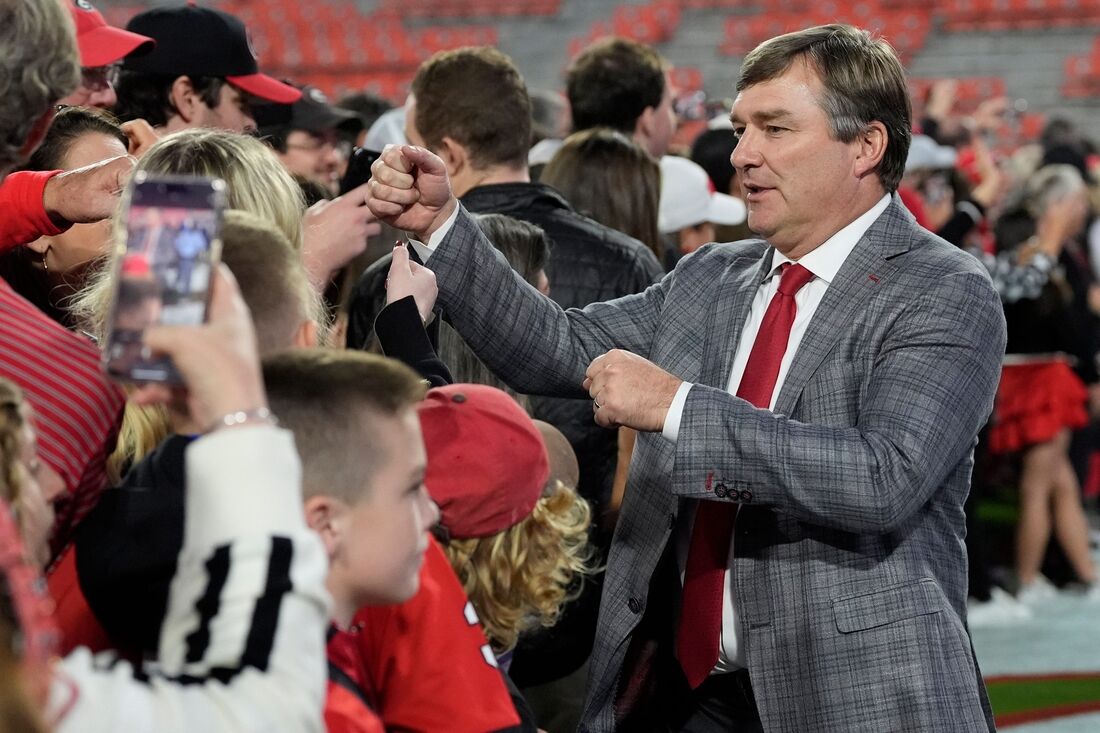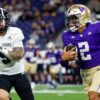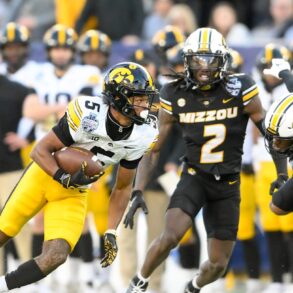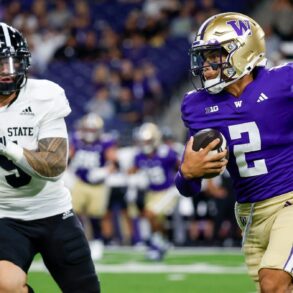
DESTIN, Fla. — University of Georgia head coach Kirby Smart isn’t sugarcoating it.
“I think the number one thing when you deal with that situation is when you don’t know, you tell somebody you don’t know,” Smart said Tuesday at the SEC spring meetings. “And you tell them which way it’s leaning and what we’re hearing and you prepare for that.”
Smart was referring to the looming effects of the House v. NCAA settlement—a $2.8 billion agreement that, if approved by a federal judge, would bring the biggest financial and structural changes to college athletics in NCAA history.
The proposed settlement would distribute billions in back pay to athletes who were denied NIL (name, image and likeness) compensation between 2016 and 2024 and, starting in July 2025, allow schools to share up to $20.5 million per year with current athletes from media rights, ticket sales, and sponsorship revenue.
For coaches like Smart, that means a new world of uncertainty—especially when it comes to roster management and walk-ons.
“We not only don’t know that,” Smart said. “We don’t know what the camp number’s going to be. We don’t know who’s going to get to come back when school starts, who’s going to get to come back when camp starts. A lot of unknown in that.”
One of the biggest changes would be the elimination of scholarship limits in favor of roster caps—possibly around 105 total players in football. That could squeeze out walk-ons, many of whom have historically earned playing time and scholarships through development and dedication.
The settlement doesn’t just affect athletes. Member schools would see reduced NCAA revenue distributions, as 60% of the $2.8 billion settlement would come from those funds over the next 10 years. The remaining 40% would be paid from NCAA reserves and insurance sources.
Smaller athletic programs are already feeling the pressure. St. Francis College in Brooklyn has announced plans to shut down its athletic department, and other lower-revenue schools may follow if they can’t keep up financially.
For fans, this new era of revenue sharing could also mean higher ticket prices and increased costs across the board. Some schools are considering “talent fees” to support athlete compensation, while others may push harder on merchandise and concessions to cover the difference.
Legal experts are also warning of potential Title IX complications. With the vast majority of back pay and revenue-sharing dollars expected to go to male football and basketball players, schools will need to carefully navigate gender equity rules to stay compliant.
Still, Smart is doing what he can—communicating openly with players and preparing them for a future no one can fully predict.
“We’re just trying to be honest with our guys,” he said. “And right now, we’re telling them: we don’t know what this is going to look like.”
A federal judge is expected to rule on final approval of the settlement in the coming weeks. Schools must decide by June 15 whether to opt into the new revenue-sharing model, and if the deal is approved, it would go into effect July 1, 2025.
College athletics, as generations have known it, may be about to change forever.
This post was originally published on this site be sure to check out more of their content.








